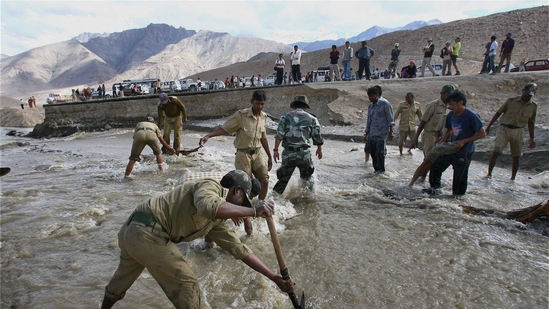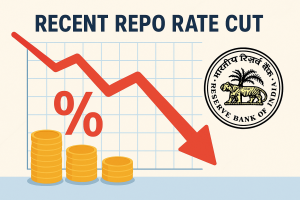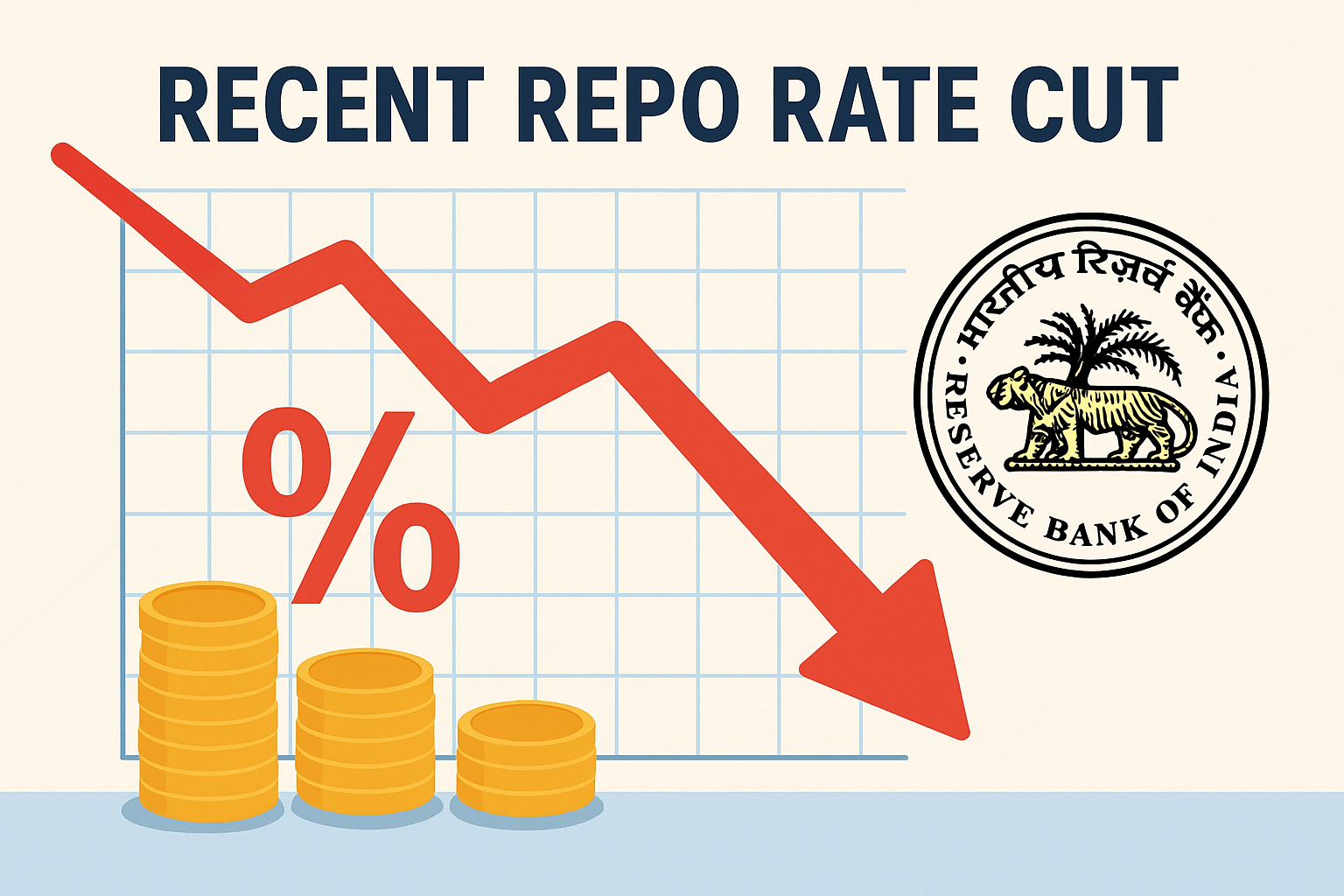The Indus Water Treaty news has dominated headlines as India suspended the 1960 agreement with Pakistan after the Pahalgam terror attack killed 26, mostly tourists, in Jammu and Kashmir. Linked to Pakistan-based group The Resistance Front, the attack prompted India to suspend the treaty, halt water flow to Pakistan, close the Attari-Wagah border, bar Pakistani nationals from entry, cancel SAARC visa exemptions, order their exit within 48 hours, expel Pakistani military advisors, declare them persona non grata, and reduce diplomatic staff in both nations’ high commissions from 55 to 30.
Indus Water Treaty Explained
The Indus Water Treaty’s meaning lies in its role as a vital water-sharing pact. Signed on September 19, 1960, after World Bank-mediated talks, the Indus Water Treaty 1960 governs six rivers: the Indus, Jhelum, Chenab, Ravi, Beas, and Sutlej. It allocates the eastern rivers (Ravi, Beas, Sutlej) to India and the western rivers (Indus, Jhelum, Chenab) primarily to Pakistan, ensuring equitable distribution despite tensions.

Indus Water Treaty Main Points
Key provisions include:
- Water Allocation: India controls 20% of the Indus system’s water; Pakistan gets 80%.
- Limited Use: India can use western rivers for non-consumptive purposes, such as hydropower.
- Transparency: Both nations share water data and project plans.
- Dispute Resolution: The Permanent Indus Commission addresses conflicts, with arbitration as a fallback.
This framework has endured wars, making it a global model for water diplomacy.
Indus Water Treaty Suspended
The Indus Water Treaty suspended decision, announced by Foreign Secretary Vikram Misri, post a Cabinet Committee on Security meeting led by PM Narendra Modi, halts the treaty until Pakistan ends support for terrorism. India’s actions include:
- Stopping water flow to Pakistan, affecting 39 billion cubic meters annually.
- Closing the Attari-Wagah border, halting trade and travel.
- Barring Pakistani nationals, cancelling SAARC visas, and ordering their exit within 48 hours.
- Expelling Pakistani military advisors and reducing diplomatic staff from 55 to 30 per side.
These steps mark a sharp escalation in India-Pakistan tensions.
Indus Water Treaty Suspended Implications
The implications of the Indus Water Treaty are dire for Pakistan, where the Indus sustains 80% of agriculture and urban water needs. Potential impacts include:
- Agricultural Losses: Reduced water could devastate crops in Punjab and Sindh, threatening food security.
- Economic Fallout: Agriculture, a GDP driver, faces disruption, raising food prices.
- Energy Shortages: Dams like Tarbela may produce less power, worsening outages.
- Urban Strain: Cities like Karachi could face severe water shortages.
India risks diplomatic backlash and scrutiny from the World Bank as the treaty’s suspension tests international norms. China’s upstream control of Indus sources adds complexity.
Indus Water Treaty Impact
Historically, the Indus Water Treaty’s impact has stabilised, averting water conflicts. Its suspension, however, risks a humanitarian crisis in Pakistan, where farmers and city dwellers may face water scarcity. India’s move, driven by public outrage over Pahalgam, asserts a tough stance but invites legal and global scrutiny. Article XII allows suspension for a “material breach,” which India cites as Pakistan’s terrorism links, though unilateral action may spark debates.
A Human Lens
Beyond geopolitics, the suspension affects life. Pakistani farmers fear dry fields; urban families brace for rationing. In India, citizens see justice for Pahalgam’s victims, yet some urge caution to avoid a humanitarian toll. The Indus, flowing through both nations, now mirrors their divide.
The Road Ahead
As Pakistan plans its response, the Indus Water Treaty news signals a tense chapter. Whether this leads to dialogue or deeper conflict hinges on future steps. For now, the Indus carries the burden of a fractured bond.
FAQs
What treaty was signed between India and Pakistan?
The Indus Valley Treaty was signed between India and Pakistan on September 19, 1960.
What does it mean to cancel the Indus Water Treaty?
A treaty on the Indus Water would define its cancellation as the ending of the Indo-Pakistani accord of 1960. After this, India would have complete control over the waters of the entire Indus River basin. Such a scenario will surely wreak havoc on Pakistan’s agriculture, economy, and water availability, besides incurring a diplomatic backlash and regional instability.
What was the Indus Navigation treaty?
The Indus Navigation Treaty, signed in 1831, opened the Sutlej River to navigation.
What is the purpose of the Indus Water Treaty?
This Treaty was signed for the complete and satisfactory usage of waters and the Indus Waters Treaty.
Can India stop the Indus River water?
There will be no design or operational restrictions on India for the use of water of the Indus and its tributaries.










